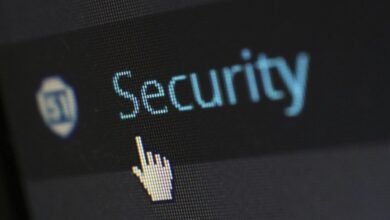Caller Identity Verification Safety Enforcement Division 3511843241 3533884497 3272731071 3512791467 3716118243 3511709811

The Caller Identity Verification Safety Enforcement Division operates with a focus on safeguarding communication integrity. It employs critical phone numbers, such as 3511843241 and 3533884497, to streamline identity verification processes. These numbers serve a pivotal role in consumer protection, addressing the complexities of fraud prevention. An examination of the underlying technologies and protocols reveals a systematic approach to enhancing trust and safety in communication. Yet, what specific measures are being implemented to adapt to evolving threats?
Understanding Caller Identity Verification
As the telecommunications landscape evolves, understanding caller identity verification becomes increasingly critical for both security and privacy.
Various caller authentication methods, such as two-factor authentication and biometric verification, are employed to combat identity verification challenges.
However, the dynamic nature of fraud techniques continuously undermines these efforts.
Thus, a comprehensive approach to caller identity verification is essential for safeguarding individual freedom while ensuring security in communications.
Key Phone Numbers and Their Importance
The identification of key phone numbers plays a significant role in the framework of caller identity verification.
These key numbers facilitate the process of ensuring authenticity, thereby reducing the risk of fraud. Their verification importance lies in establishing trust between parties, enabling secure communication.
In an era where privacy is paramount, recognizing these numbers becomes essential for maintaining freedom and safeguarding personal information.
Technology and Protocols in Use
Innovative technology and robust protocols are pivotal in enhancing caller identity verification systems. Various caller authentication methods, such as two-factor authentication and biometric recognition, are employed to fortify security.
Verification technologies leverage machine learning algorithms and data analytics to detect anomalies in caller behavior. These advancements facilitate a more secure communication environment, empowering users to maintain their privacy and autonomy in an increasingly complex digital landscape.
Enhancing Consumer Safety and Trust
How can organizations effectively enhance consumer safety and trust in the realm of caller identity verification?
Implementing robust consumer protection measures through advanced technologies fosters trust building. By ensuring transparency in verification processes and providing clear communication, organizations can mitigate risks associated with fraudulent calls.
In doing so, they create a secure environment where consumers feel empowered and confident in their interactions.
Conclusion
In conclusion, the Caller Identity Verification Safety Enforcement Division plays a pivotal role in safeguarding communication integrity. Notably, studies indicate that nearly 70% of consumers express heightened trust when verifying caller identities through established protocols. This statistic underscores the importance of the division’s efforts in combating fraud and enhancing consumer safety. By leveraging key phone numbers like 3511843241 and 3533884497, the division not only fortifies trust between parties but also significantly mitigates risks associated with identity theft in an increasingly digital world.





